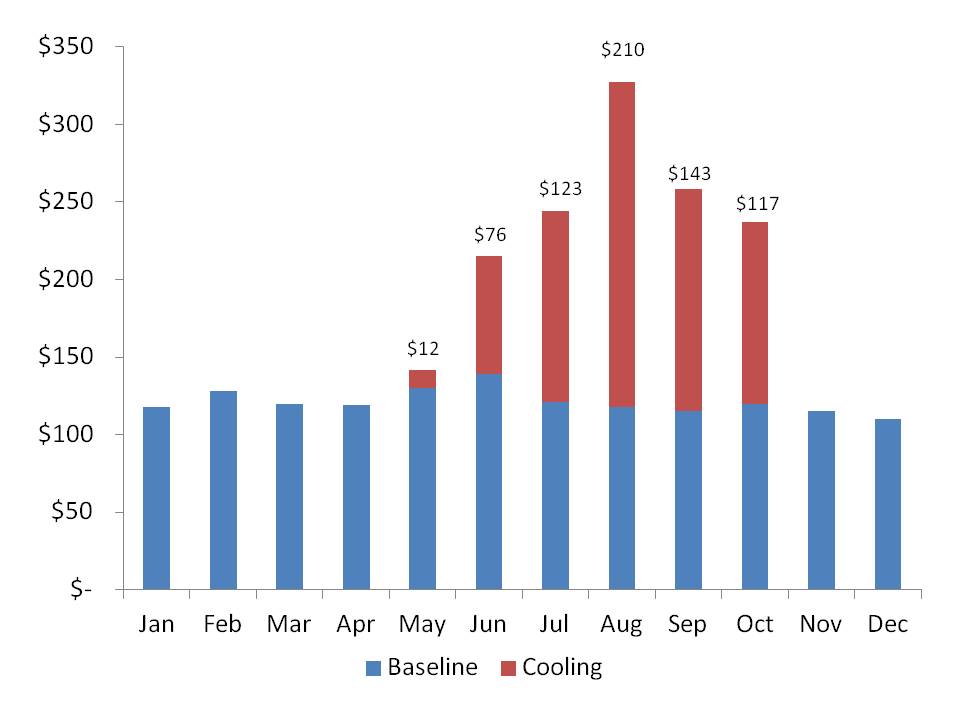Your Online HERS Rater Training Center
FREE HERS RATER PRACTICE EXAMPUT YOUR HOME PERFORMANCE BUSINESS ON ROCKET FUELENERGY AUDITOR NEWSLETTERGet the only Energy Auditor Marketing Newsletter with monthly strategies and tactics to grow your home performance business.
|
Section 1 Building Science Fundamentals6. Understand Baseload / Seasonal Energy UseTerms:
How to Find the Baseline and Seasonal Energy Usage
Next Section
1b. Principals of energy, air & moisture
1c. Combustion science
|



